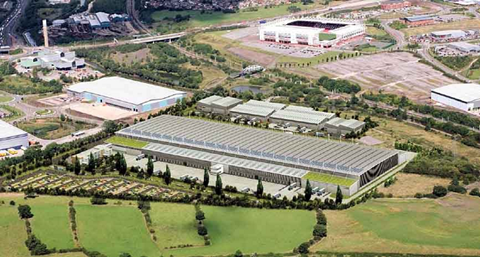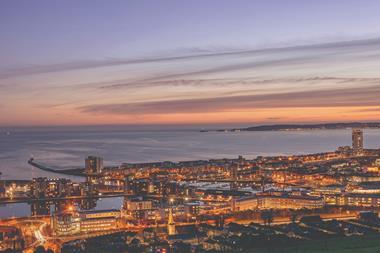A few weeks ago, I stood on a stage at the Palais des Festivals during Mipim, engaged in a lively discussion about the trends shaping urban logistics and the challenges arising as a result.

I was intrigued that much of the conversation echoed the sentiment shared across the logistics real estate sector: the timing is right, market conditions are positive and it’s still all about location.
Having passed an inflection point last year, logistics real estate development in Europe shows little sign of slowing. This is largely down to healthy business as usual under some of the best conditions we’ve seen in a decade, but other shifts now define the landscape.
Land and labour scarcity have become key challenges, and the growth of ecommerce and changing consumer habits are fostering greater competition for logistics space near population centres. Delivery speed is a defining factor, as is supply chain reconfiguration to meet consumer demand. Underscoring all of this is the fact that customer sentiment and desire to grow is at its strongest point in years.
Ecommerce has a wide-ranging impact, from logistics choices to real estate demands. Online retailers use three times the logistics space of ‘traditional’ retailers, and double-digit sales growth is projected in coming years. The main reasons for this are higher stock levels, a greater diversity of goods, individual picking/packing and reverse logistics.
It’s not hard to see that online retailers are the most intensive users of logistics real estate and that they are shifting how supply chains are managed. Roughly 20% of the new leases Prologis signs today are to ecommerce companies; five years ago, it was only 5%. We also see a decentralisation at the end of the supply chain and as a result we continue to push into the urban core, where consumption is rising fastest.
Committing early
Current market conditions suggest that identifying the best locations for long-term business operations and committing to these early on is a sensible practice. Scarcity and rising construction costs, together with other changing dynamics, are factors, as is anticipated rental growth in core markets. Location aside, many customers are also following the trend of investing more in facilities and, in the process, finding better ways to use available space and get more out of what they have.

Environmental impact is always an integral design consideration for our buildings. We take care to address societal concerns with sustainable business and development practices and, as a global company, have always focused on the three key components of environmental stewardship, social responsibility and governance (ESG) in our developments around the world.
In turn, our customers must increasingly justify their entire logistics process to more eco-conscious consumer bases, including the sustainability of the logistics building itself. Buildings must be functional, sustainable and fit the environmental needs of the surrounding areas.
Our facilities incorporate innovative technologies such as alternative power sources and battery storage, LED lighting and smart metering to lower their carbon footprint. Capturing data has become even more important and it gives customers meaningful, real-time information for managing maintenance and performance.
To stay ahead in logistics real estate, three things stand out: the need to reconfigure for a smarter, more agile supply chain; the need to get more out of facilities through efficient use of space; and, ultimately, location, location, location.





























No comments yet